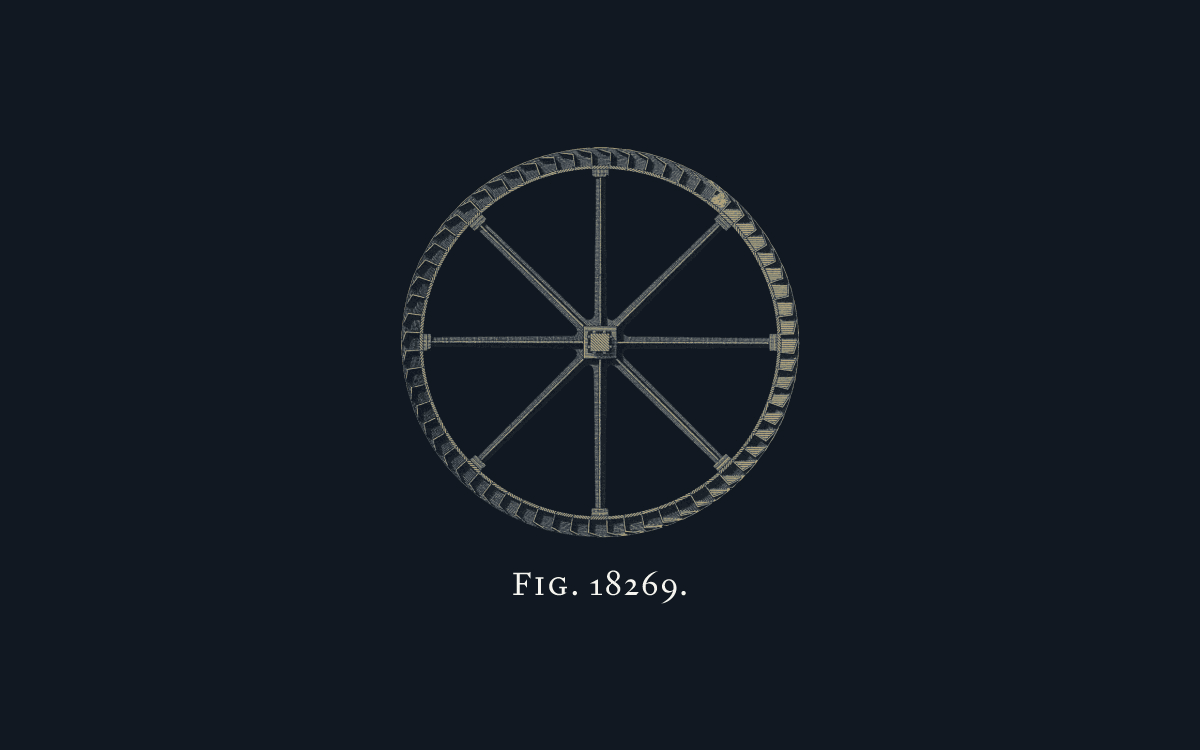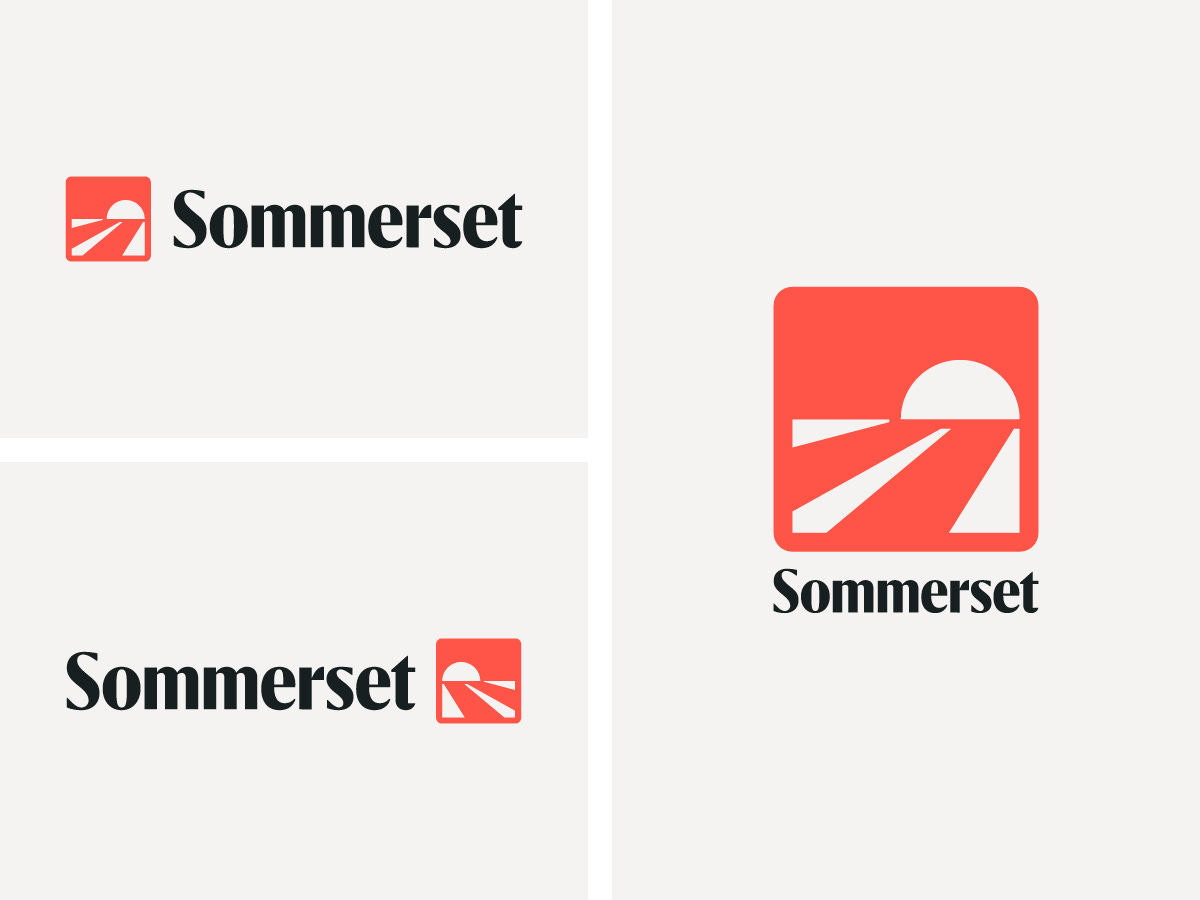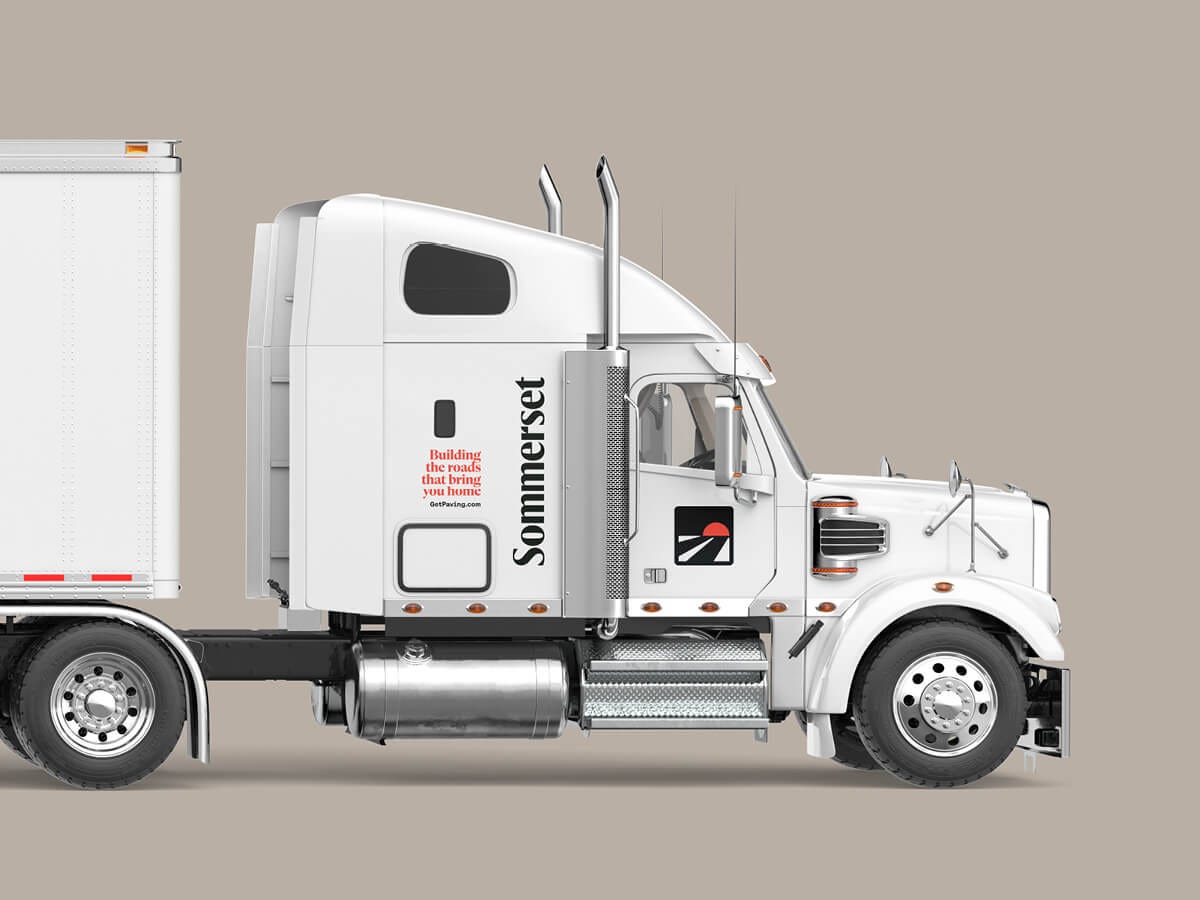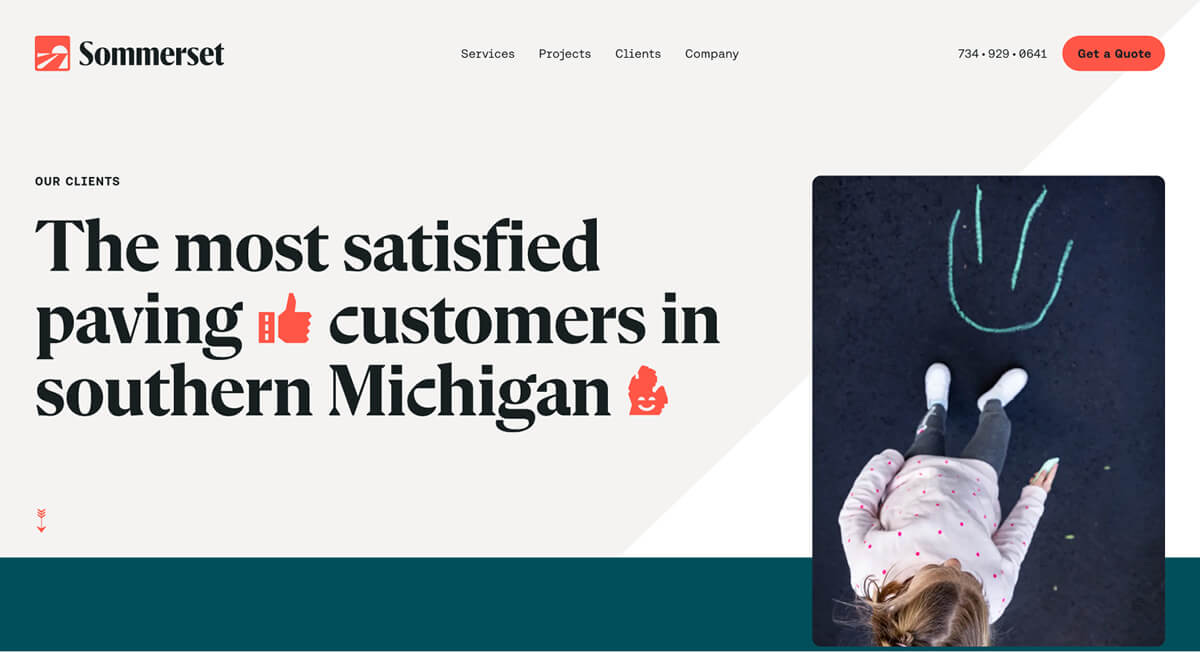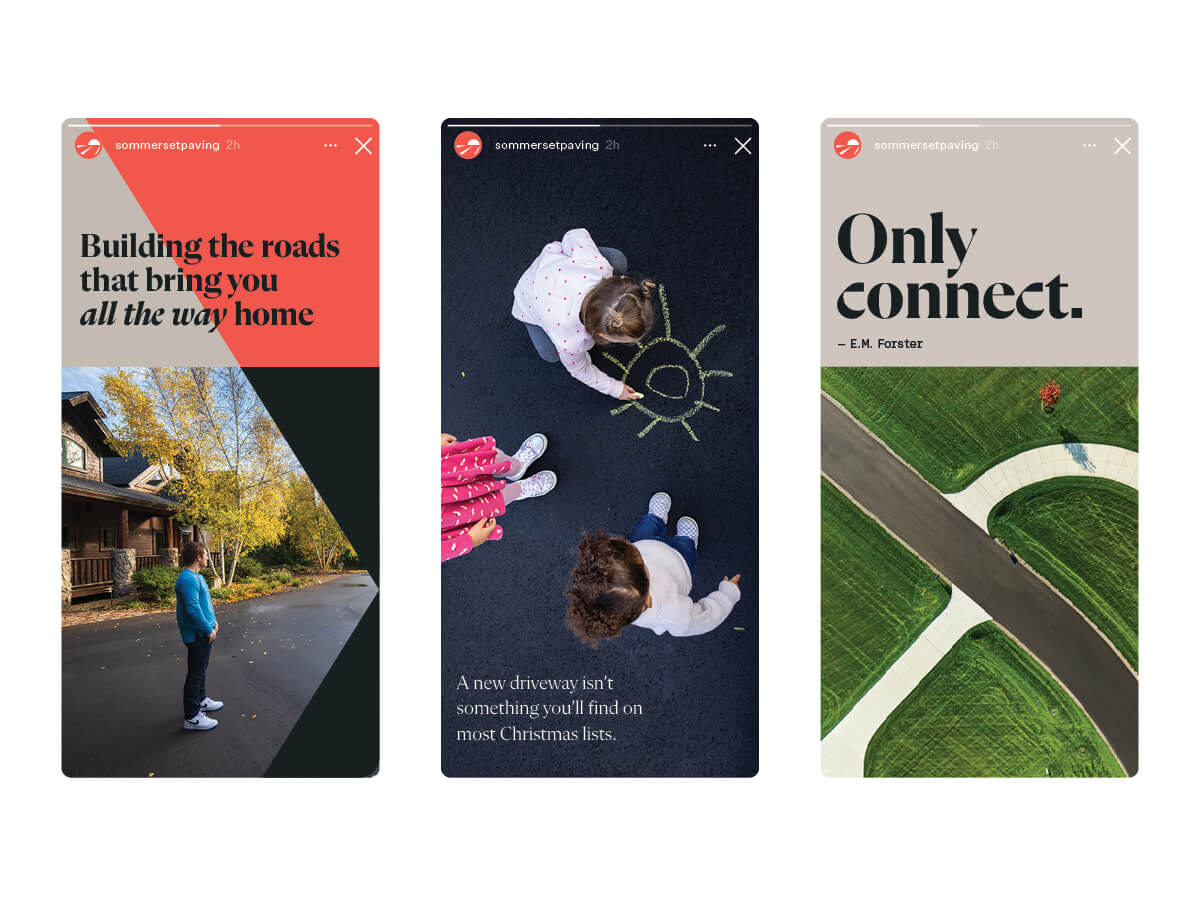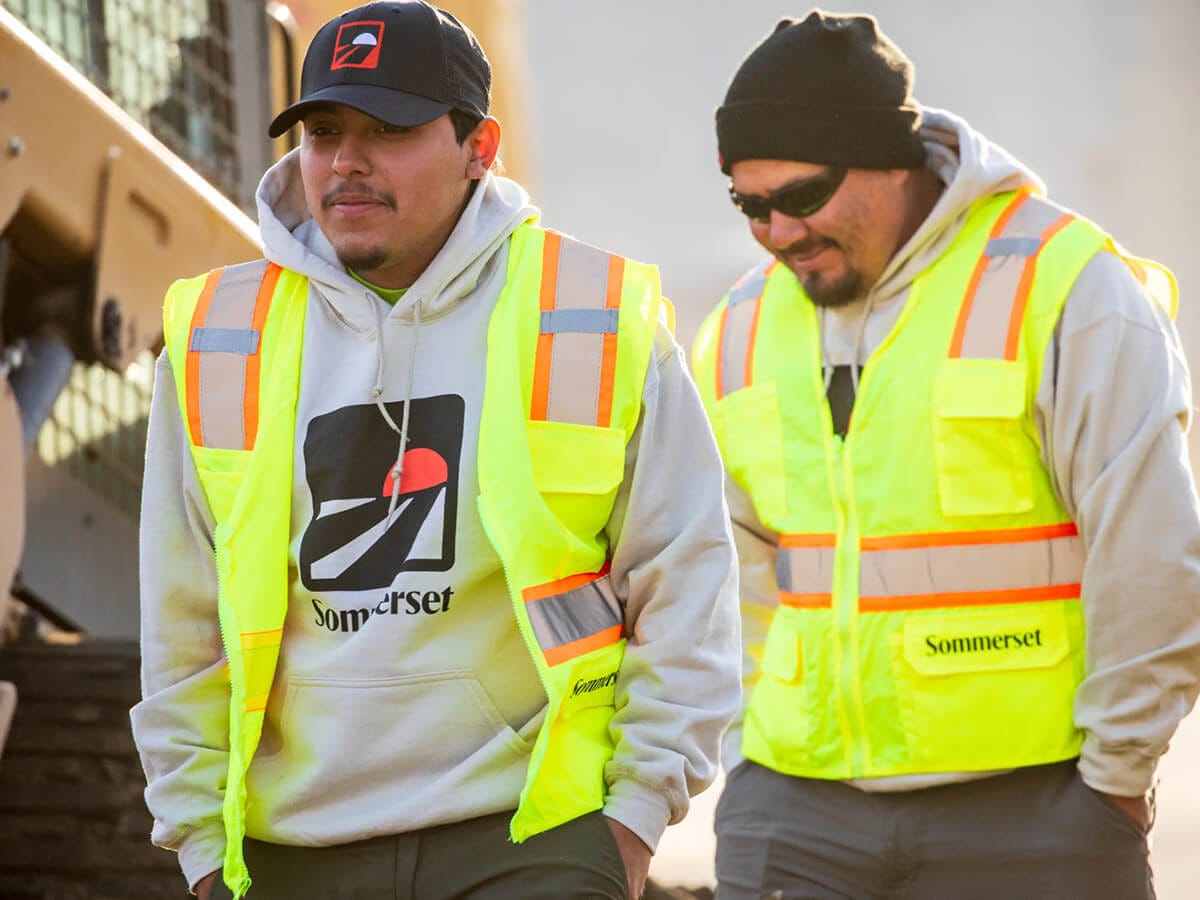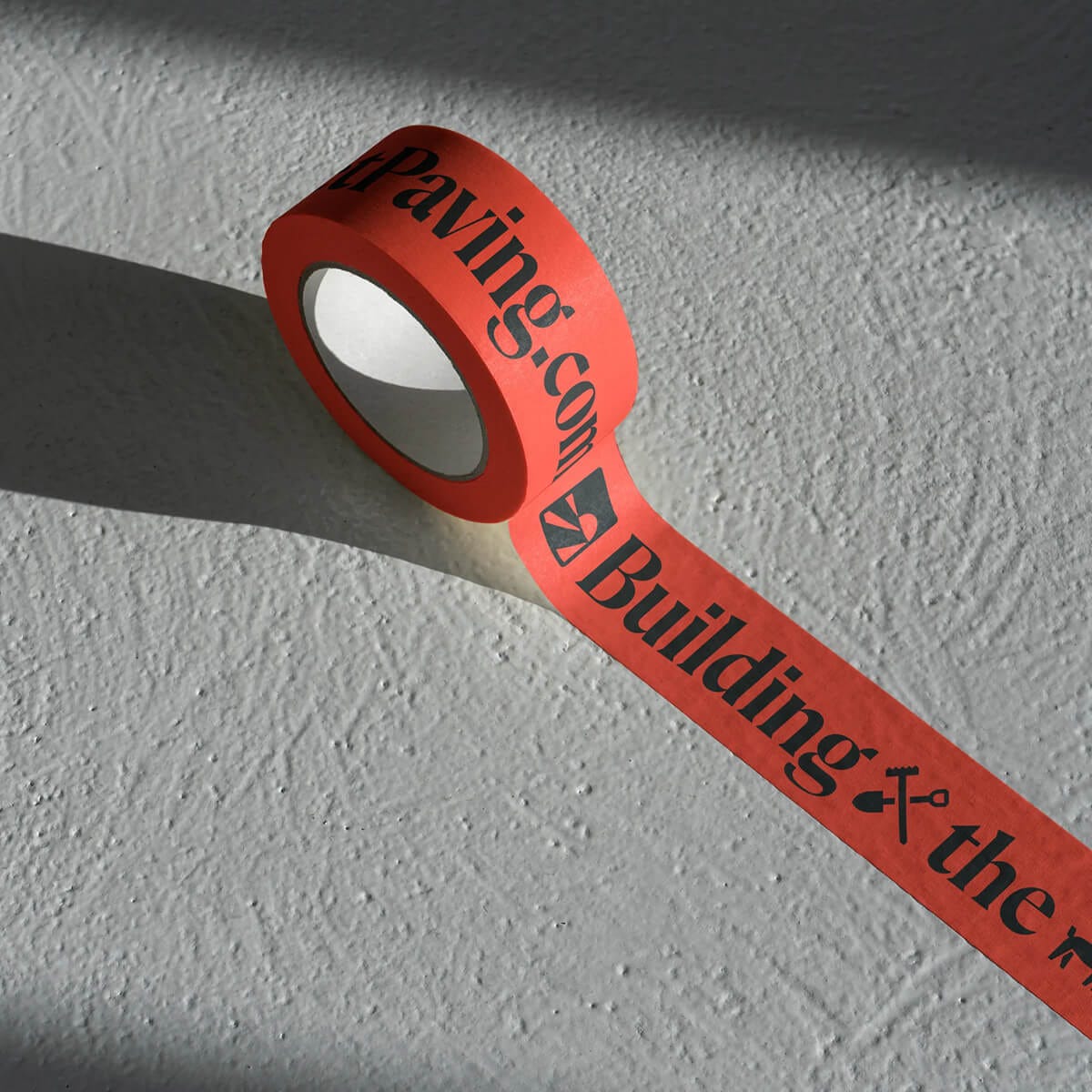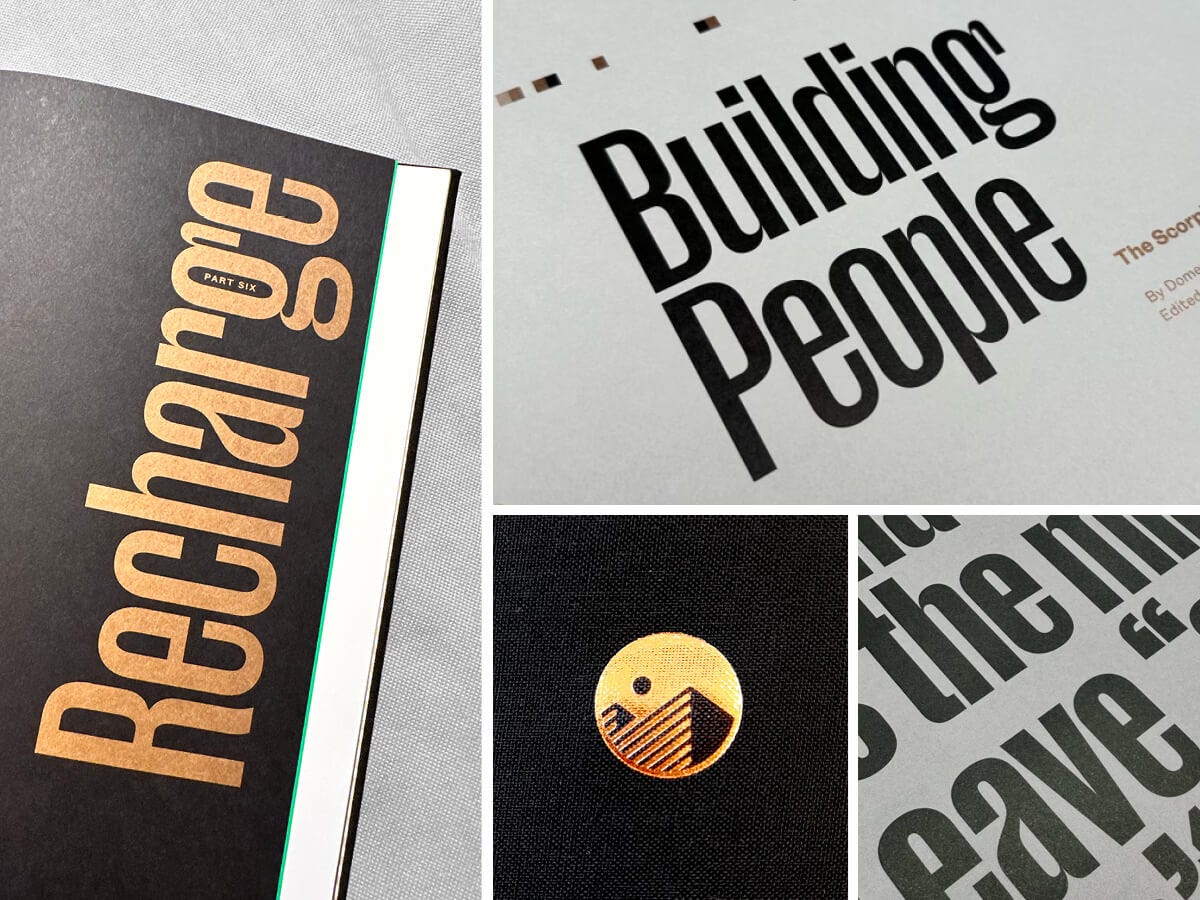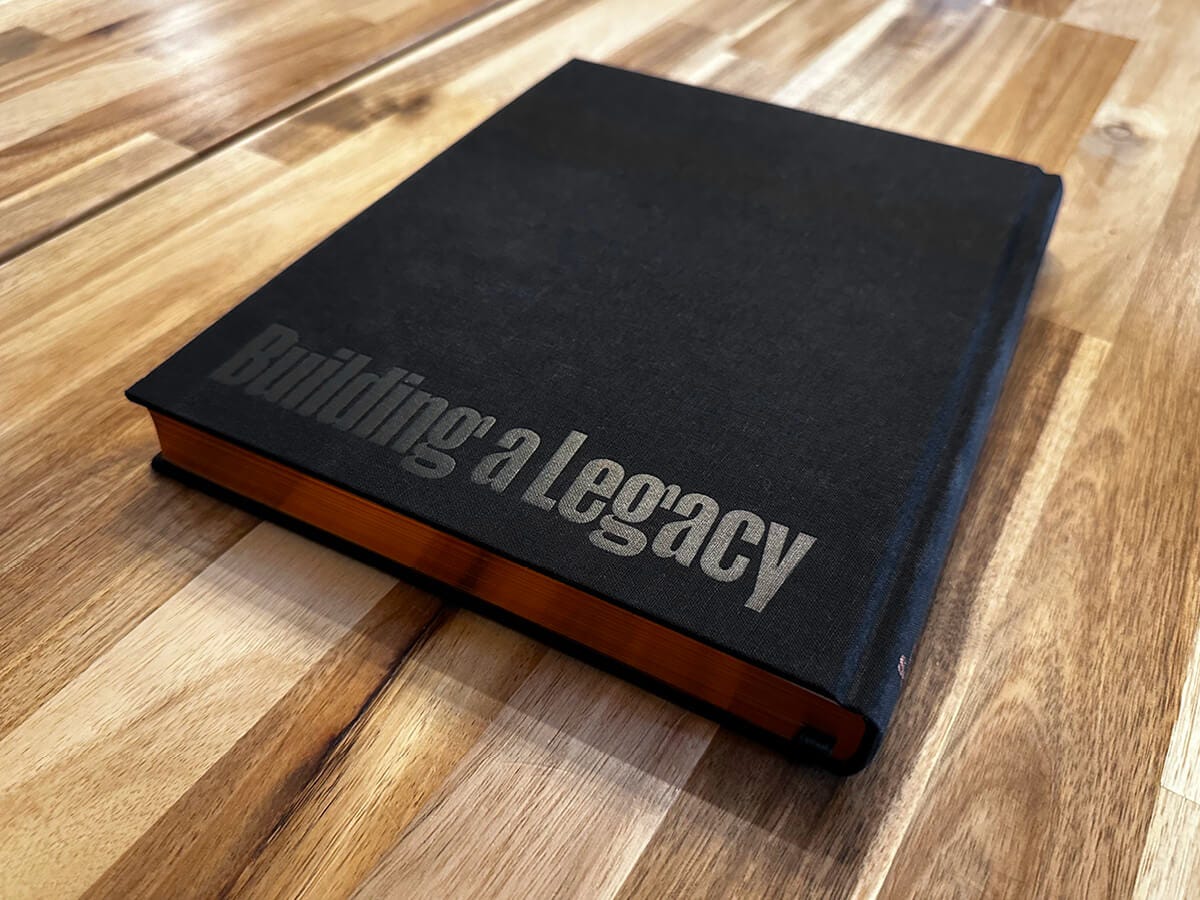Building a Flywheel > Spinning Your Wheels
How a holistic brand foundation can transform every aspect of your business
*Dusts off newsletter
Hey, y’all! Remember Wonderlust?
It’s been a hot minute, and I’m not talking about stepping into Satan’s mouth, AKA August in Florida.
For the newcomers, welcome! This email is packed with goodies. You picked a great time to subscribe.
I’ve been making and shipping stuff. Most recently, a comprehensive rebrand and relaunch for Detroit-based Sommerset Paving, including an all-new website and brand standards. The entire process took just over nine months. Shout-outs to Roche Photo Collective for their stunning photo and video work, and to Hambly Freeman for their svelte, pixel-perfect web development.
Less recently (okay fine, last year 🙈), I co-wrote and designed a book for Scorpio Construction. Building People is a one-of-a-kind gift that Scorpio presents to high-ticket clients at the close of successful projects. This limited edition distills lessons that CEO Domenic Scorpio has gleaned from personal experience and world-class business leaders throughout his career. I wove anecdotes that illustrate these ideas throughout the text and seasoned each chapter with some of my own notions from 21 years as a builder of brands and cultures.
Housed in a custom box with a snappy magnetic closure, this foil-stamped, copper-gilded, color-drenched book is a feast for the discerning business leader’s mind, eyes and fingertips.
I’ve worked with Scorpio on a few projects since helping them rebrand in 2017–2018, and it’s been a thrill to watch them grow and become their brand. Here are a few previews of the book, some from the press check in Germany and some from my humble kitchen table (pardon the rough and ready iPhone shots).
I’ve also been learning stuff: Dw i’n dysgu Cymraeg a dwi wrth fy modd – I’m learning Welsh and loving it. Another day, I’ll say more about my cariad at ddiwylliant a hanes Cymru and why a sane (?) person would learn a relatively obscure language that will probably never serve any practical purpose.
Now that I’ve given you a brief tour of the last 12 months at Steel Brothers, let’s swim back up to the present.
Let’s talk about how branding can permeate and transform every business function, from leadership, marketing, and sales to operations and finance. (Yes, it can.)
I’ve spoken with more than twenty C-level folks about this topic in recent months, and I’m excited to share the insights I’ve gleaned from those conversations.
I hear all the time that people have little or no idea what a brand foundation is, how it can guide and enhance daily activities, and – here’s the big one-two punch – what the ROI of branding is (if any) and how you can measure it (if at all).
This email is the first of nine in a series that will unpack all of the above. Whether you’re a business owner, a marketing executive, a creative professional or simply curious, this series is for you. So if you like ’em, forward ’em!
Let’s get into the first installment. For an ideal reading experience, click over to read this essay on Steel Brothers’ website, or keep scrolling if you don’t mind default a la Substack.
The Wheel of Prosperity
If you lead or work for a business or have merely sneezed in the general vicinity of a conference room, you’ve probably read or at least know the gist of Good to Great by Jim Collins. He uses the metaphor of a flywheel to illustrate how successful businesses build structure, move the needle and create long-term stability. This flywheel is the combined efforts and interactions between core business functions. At first, turning the flywheel takes every ounce of strength you can muster. Each revolution is easier, and centrifugal force eventually leads to high speed and sustainable effort.
“Picture a huge, heavy flywheel,” Collins writes, “ – a massive metal disk mounted horizontally on an axle, about 30 feet in diameter, 2 feet thick, and weighing about 5,000 pounds. Now imagine that your task is to get the flywheel rotating on the axle as fast and long as possible. Pushing with great effort, you get the flywheel to inch forward, moving almost imperceptibly at first. You keep pushing and, after two or three hours of persistent effort, you get the flywheel to complete one entire turn. You keep pushing, and the flywheel begins to move a bit faster, and with continued great effort, you move it around a second rotation. You keep pushing in a consistent direction. Three turns... four... five... six... the flywheel builds up speed…
“Then, at some point – breakthrough! The momentum of the thing kicks in in your favor, hurling the flywheel forward, ... its own heavy weight working for you. You’re pushing no harder than during the first rotation, but the flywheel goes faster and faster.”
To carry Collins’ metaphor a step further, you could think of each business function as a spoke in your flywheel. At a high level, I’d argue that every business under the sun – teams of one or one million, for-profit and non-profit – has the same seven spokes in its flywheel.
Leadership
Culture
Product
Business Development
Finance
Operations
Marketing
Most companies stop here. Any brand work is lumped in or confused with marketing and often as an afterthought. “Let’s update our website,” they might say. “Maybe change our logo and colors while we’re at it and get a snappy new tagline, too.”
This approach amounts to mere window-dressing. Wallpaper. If you can call it branding, then you can call a picture of a steak a steak.
Maybe the results are attractive to the right people, maybe not; it’s a coin toss. Because there’s no strategy underpinning these surface-level changes and no deeper meaning, the work has a short shelf life. Results range from meager ROI at best to deeply sunk costs at worst.
I’m not saying that people running these businesses are incompetent – they simply don’t know what they don’t know. They have little or no idea what a brand foundation is and no awareness of the benefits they’re missing.
Industry powerhouses like Apple, Instacart, Patagonia and Skanska treat branding as the eighth spoke in their flywheel. These companies know that a well-defined and well-designed brand foundation is what makes marketing actually effective. Branding is how they cultivate reputation and relationships on both sides of the front door – in their company culture, on the street and in every marketing endeavor. And branding is how they leave competitors in the dust.
I placed leadership and culture at the top of my list because, unlike the other spokes, they don’t operate in silos. They permeate everything you do.
So does branding.
Simon Sinek became famous for his “start with why” mantra. Why, i.e., purpose, is absolutely essential on both personal and corporate levels. It’s more important than mission because a mission has an endpoint by definition.
I’ve echoed Sinek’s idea and even fought for purpose as the keystone of brand strategy many times. But I’m starting to think there’s a layer of human being that’s even more important and foundational: who you are.
When I think of the people and brands I love most, what they do or how or even why aren’t what come to mind first. What I think of first is identity.
I love the little knot of creative friends I’ve gathered over the years. I love the unique perspectives and generative conversations that flow from who they are. I love my kids because they’re them. I love my wife because who she is at her core is still irresistibly beautiful to me.
Purpose is essential. When you can finish the sentence that starts with “I exist because...,” you know what matters most to you. You have a point of view, shaped by a single nonnegotiable belief. You know where to aim your attention and what to ignore. You have a reason behind all of your actions.
But.
Before because, there’s I. People are human beings, not human doings. Your identity doesn’t come from what you do; what you do flows from who you are – or who you think you are. In other words, identity determines action, and a misguided sense of self can only result in misguided actions.
Who am I? I don’t believe I can answer that question completely in this life, but I can learn a great deal. I can make substantial closures in the gap between self-perception and reality.
The point of such self-inquiry isn’t to gaze so long into my own navel that it gazes back. The point is to understand what I was made for and what I wasn’t. What drives me and drains me. How I can communicate better, lead better, create better, love better.
Simply put, the fruits of self-inquiry – which compound over time – are effectiveness, meaning and contentment.
Consider what the most effective leaders have in common. Is it IQ? EQ? Vision? Is it service, responsibility, confidence, charisma, communication? What about tight butts and great hair?
All good, all wonderful, even if the last two are fringe benefits. (Some of history’s best leaders had saggy hindquarters or threadbare heads. Some had both – just ask Winston Churchill.)
No: the one must-have, nonnegotiable quality of a good leader is self-awareness.
Self-aware leaders know themselves inside and out. They know what they do well and what it means for them to “suck all the marrow out of life,” as Thoreau put it. They know their shortcomings. They see their blindspots and so they delegate wisely. They know their Achilles’ heel and how to fight it. With practice, they can discern the difference between who their egos want to be and who they truly are.
Want to be smarter? Learn what lights you up, then spend the rest of your life learning about that thing. Want to be a visionary? Learn what imbues your life with meaning, then turn that thing into an infinite game and tell others about it until you run out of words. Want to be a good communicator? Learn what makes other people tick. Learn about your operating perspective and absorb the fact that your normal is completely abnormal to other people and vice versa. Want to figure out where and how you need help from other people? Uncover your shortcomings, accept them and recruit people who excel at what you hate or suck at doing or just can’t even.
Sadly, self-awareness is one of the rarest traits among the world’s so-called leaders. It’s hard, lifelong work, after all. It can feel unproductive.
The upshot of such rarity? Those who embrace the ancient Greek maxim to “know thyself” will always have an unfair advantage.
In my next essay, I’ll share how I help C-teams cultivate self-awareness, how it translates to brand, and how their brands, in turn, inject new and sustainable life into their leadership.
So if you know a seasoned or aspiring leader who might be curious about the intersection of business and brand, please forward this intro to them so they won’t miss my next installment or wonder what the french this toast is all about.
Until then, be well, be wild, be weird, be you.
Matthew
P.S. How precious is this little girl from Sommerset’s new photo library?




